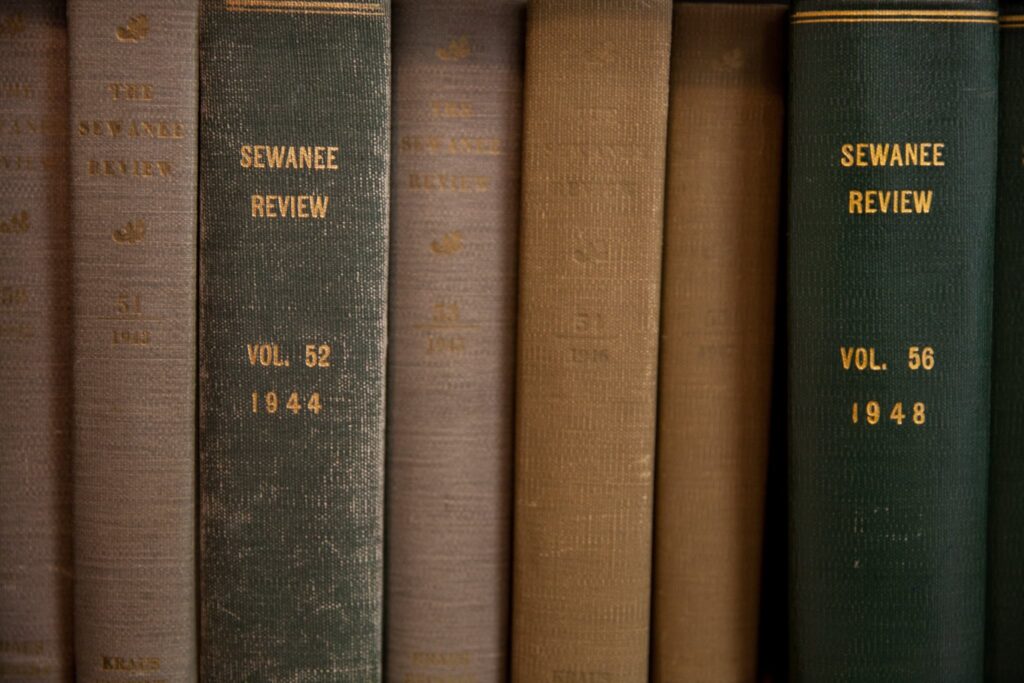
While New York City is often considered the “capital” of the literary world, Tennessee is actually home to one of the nation’s longest-running literary magazines: The Sewanee Review.
The literary magazine, which has been operating since 1892 out of the small Middle Tennessee mountain town of Sewanee (population: 3,000), was once known for publishing the works of great Southern writers like Flannery O’Connor and William Faulkner. But over the course of the late 20th century it fell into a slump, and struggled to adapt to the digital age.
“The review at that time was more of a publisher of interpreting literature than, let’s say, necessarily publishing as broad a set of genres as the literary magazine does today,” said Adam Ross, the Review’s current editor. Ross visited our daily show “This Is Nashville,” where he explained the changes the magazine has made since he took the reins in 2016.
Ross, a novelist who has published three books, tapped into his Rolodex of the New York literary scene in an attempt to breathe new life and new voices into the magazine.
“One of the beauties of American literature now is that you are treated to this smorgasbord of voices,” Ross said. “But when I took over the review, it had ossified somewhat and hadn’t opened its doors, as it were, to those voices.”
Today, the review has been ushered into the modern era: it has a website (it didn’t, prior to 2016), an Instagram following of 10,000 and a podcast.
Annual submissions have expanded from around 800 to 8,000 — which, in turn, has broadened the type of work the review is able to publish. As a quarterly, The Sewanee Review publishes four times a year. Each edition typically includes around 15-20 works, spanning fiction, poetry, nonfiction, reviews and craft essays.
While the review frequently publishes the work of distinguished writers — Vanderbilt MFA faculty members Major Jackson and Lorrie Moore have made appearances — it also provides a valuable jumping off point for emerging writers.
That includes Kanak Kapur, who attended Vanderbilt’s MFA program. Just before graduation, her story “Long Sleeves” was published in the Review. Within a year, she had another story, “Prophecy,” published in The New Yorker.
On This Is Nashville, Kapur said that editing with Ross helped her navigate the process with The New Yorker.
“Emerging writers don’t get to interact with editors that often. When we do, it’s when we have something accepted at a journal. Which is rare,” Kapur said. “So it’s kind of this awestruck, sort of strange, collaborative experience where you have to sometimes fight for the things you want to keep in the piece, but also you’re seeing how in each draft the sentences are better and the sort of fuzzy things have been straightened out.”
Kapur said she uses “Long Sleeves” to apply to creative writing fellowships and jobs. She says its publication gave her confidence that can be crucial for young writers.
“The validation, you know, we say should come from inside. But when you’re young and you’re just starting out, it really does come from the outside,” Kapur said. “As a reader, how wonderful that we have an artifact you can turn to and read other contemporary voices. People just like you, writing from all over the world.”

